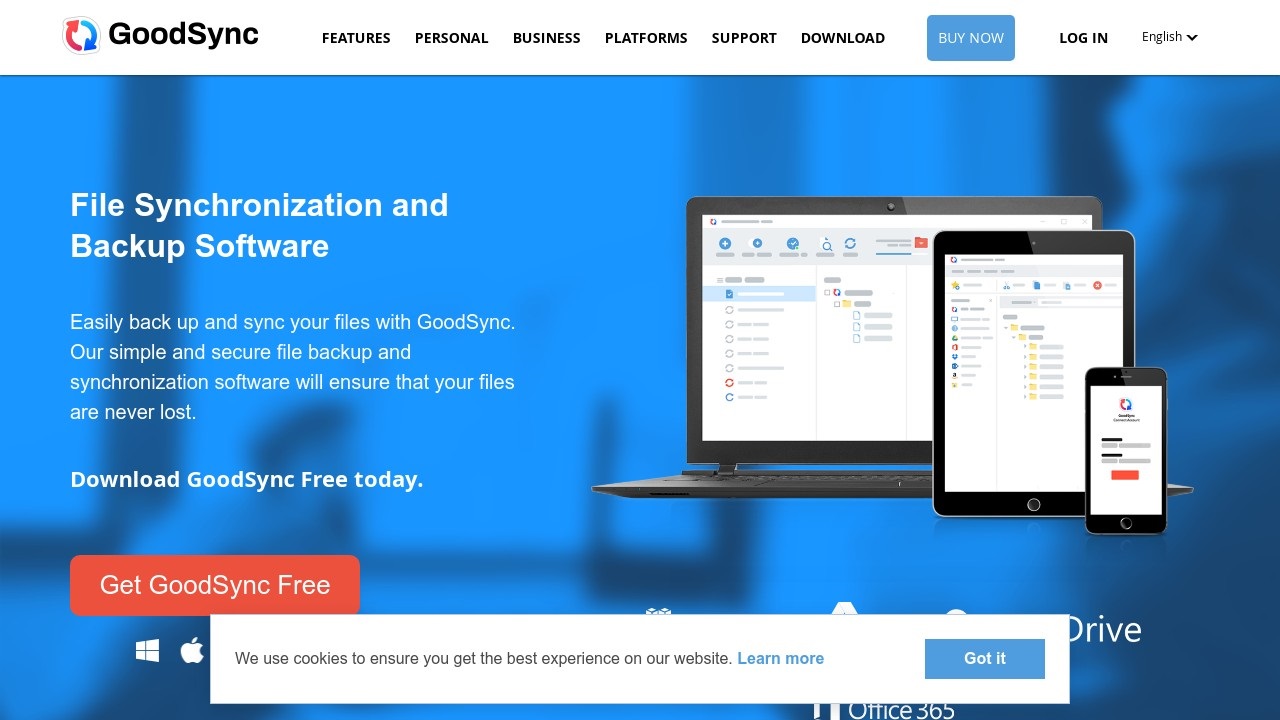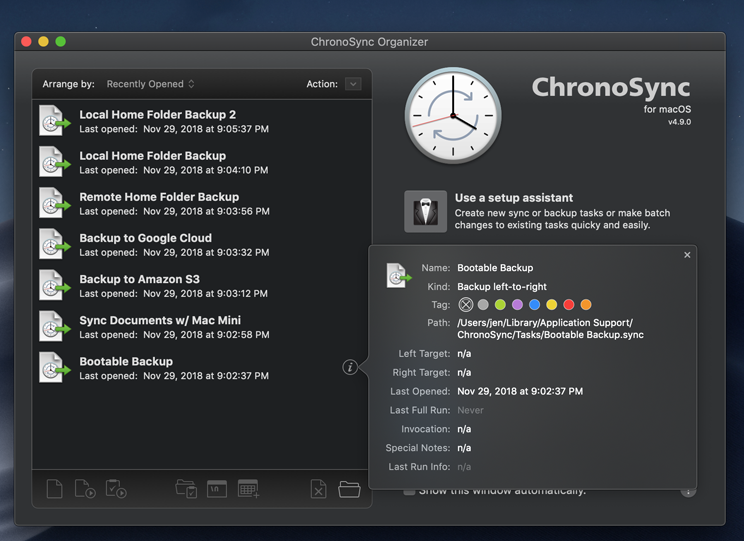

However, if certain hardware fails data can be lost and in some cases total data loss can occur! Hence, a proper backup strategy can help you For instance a RAID system will happily copy corrupt files or data with mistakes in it and it will happily do this across two or Loss due to a disk failure and has better availability (as it can stay in service while a disk Sensitive you also need to consider encryption options. Knocked out a high profile cloud storage/backup system for many hours)? Do you trust theĬloud company to keep your data safe/private (in June 2012 Dropbox allowed anyone to login to any account for four hours)? If your data is Internet connection at all) at your secure location after a disaster? Will the cloud be online when you need it ( storms in the USA during June 2012 ISP data caps you are subject to plus will you have a fast enough internet connection (or any

It's great for small amounts ofĭata but large amounts will impact your ability to restore quickly and may also conflict with any
#Goodsync vs chronosync Offline#
weekly, monthly, quarterly and/or yearly.Ī good way to think of this is the 3-2-1 system:ģ different copies of all your data (the data on your computer + the online/near-line backups + the offline backup)Ģ should be onsite (the data on your computer + the online/near-line backups)Ĭloud backups are an amalgamation of near-line and offline backups.
#Goodsync vs chronosync archive#
This canĪlso be integrated with your "archiving strategy" where you should make full archive sets of data onĪ regular schedule e.g.


 0 kommentar(er)
0 kommentar(er)
